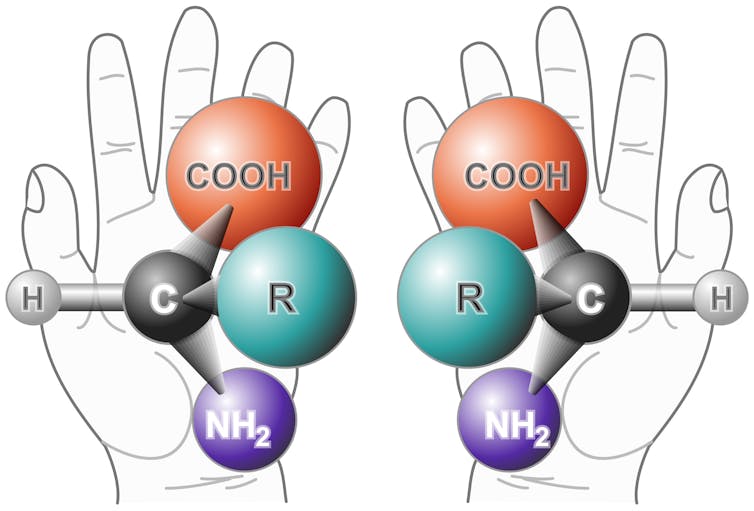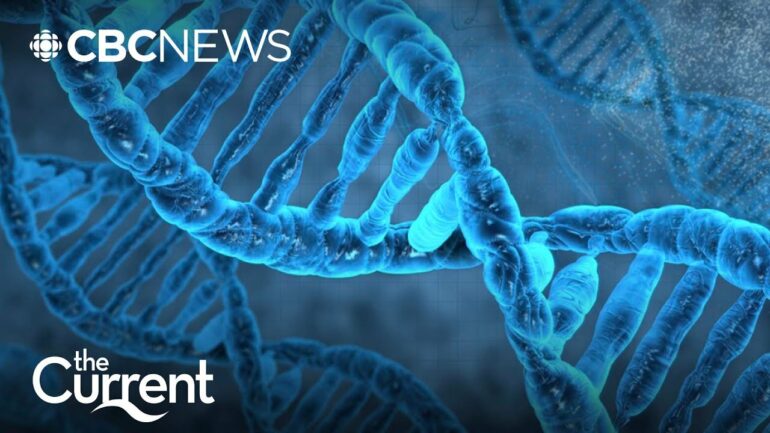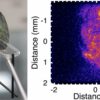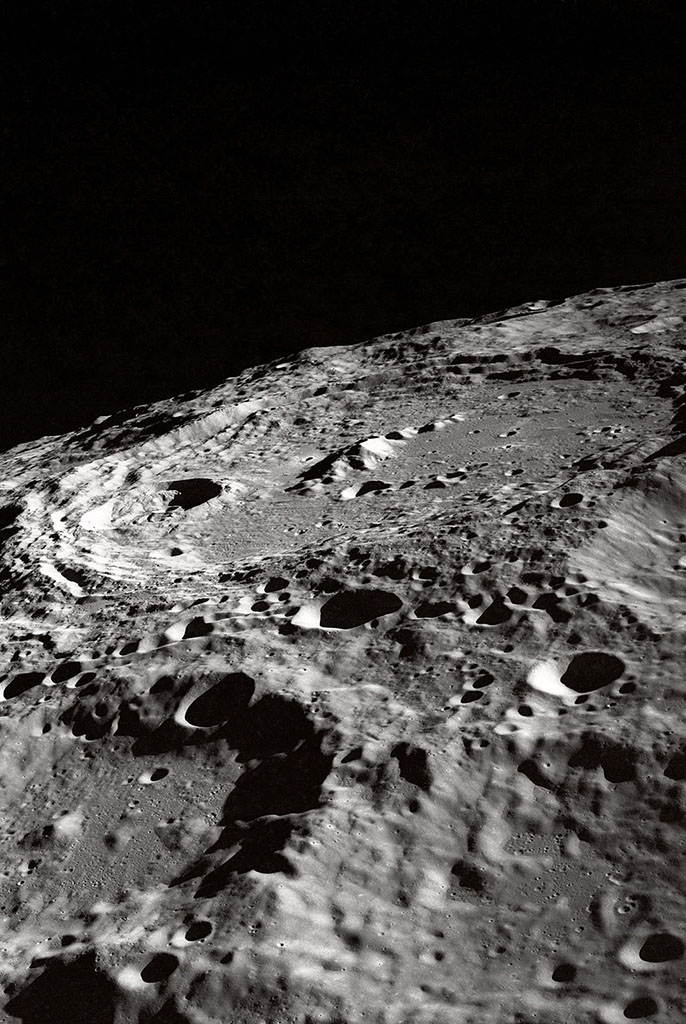Most major biological molecules, including all proteins, DNA and RNA, point in one direction or another. In other words, they are chiral, or handed. Like how your left glove fits only your left hand and your right glove your right hand, chiral molecules can interact only with other molecules of compatible handedness.
Two chiralities are possible: left and right, formally called L for the Latin laevus and D for dexter. All life on Earth uses L proteins and D sugars. Even Archaea, a large group of microorganisms with unusual chemical compositions, stick to the program on the handedness of the main molecules they use.
For a long time, scientists have been speculating about making biopolymers that would mirror compounds in nature but in the opposite orientation – namely, compounds made of D proteins and L sugars. Recent years have seen some promising advancements, including enzymes that can make mirror RNAs and mirror DNAs.

Chirality refers to something that is not superimposable on its mirror image – like your hands.
NASA
When scientists observed that these mirror molecules behave just like their natural equivalents they considered that it would be possible to make a whole living cell from them. Mirror bacteria in particular had the potential to be a useful basic research tool – possibly allowing scientists to study a new tree of life for the first time and solve many problems in bioengineering and biomedicine.
This so-called mirror life – living cells made from building blocks with an opposite chirality to those that make up natural life – could have very similar properties to natural living cells. They could live in the same environment, compete for resources and behave like you would expect of any living organism. They would be able to evade infection from other predators and immune systems because these opponents wouldn’t be able to recognize them.
These features are why researchers like me were so attracted to mirror life in the first place. But these qualities are also huge bugs of this technology that make it a problem.
I am a synthetic biologist who studies using chemistry to create living cells. I am also a bioengineer who develops tools for the bioeconomy. As a chemist by training, engineering mirror life initially seemed like a fascinating way to answer foundational questions about biology and practically apply those findings to industry and medicine. As I learned more about the immunology and ecology of mirror life, however, I became aware of the potential environmental and health consequences of this technology.
Real concerns about hypothetical mirror life
It’s important to note that researchers are likely at least 10 to 30 years away from creating mirror bacteria. On the timescale of a fast-moving field like synthetic biology, a decade is a very long time. Creating synthetic cells is difficult on its own. Creating mirrored ones would require several technical…



